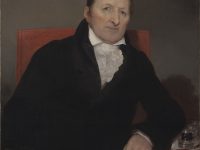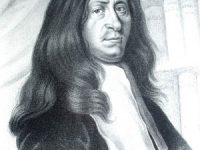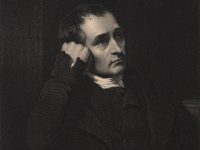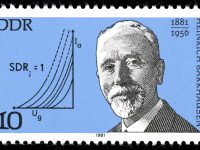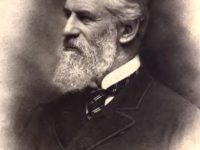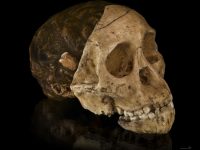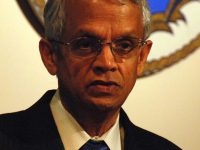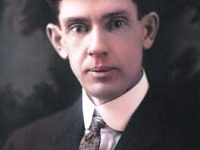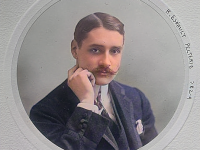Eli Whitney – The Invention of the Cotton Gin and the Antebellum South
On December 8, 1765, American inventor Eli Whitney was born. Whitney is best known for inventing the cotton gin. This was one of the key inventions of the Industrial Revolution and shaped the economy of the Antebellum South. Whitney’s invention made upland short cotton into a profitable crop, which strengthened the economic foundation of slavery in the United States. “As Arkwright and Whitney were the demi-gods of cotton, so prolific Time will yet…
Read more

